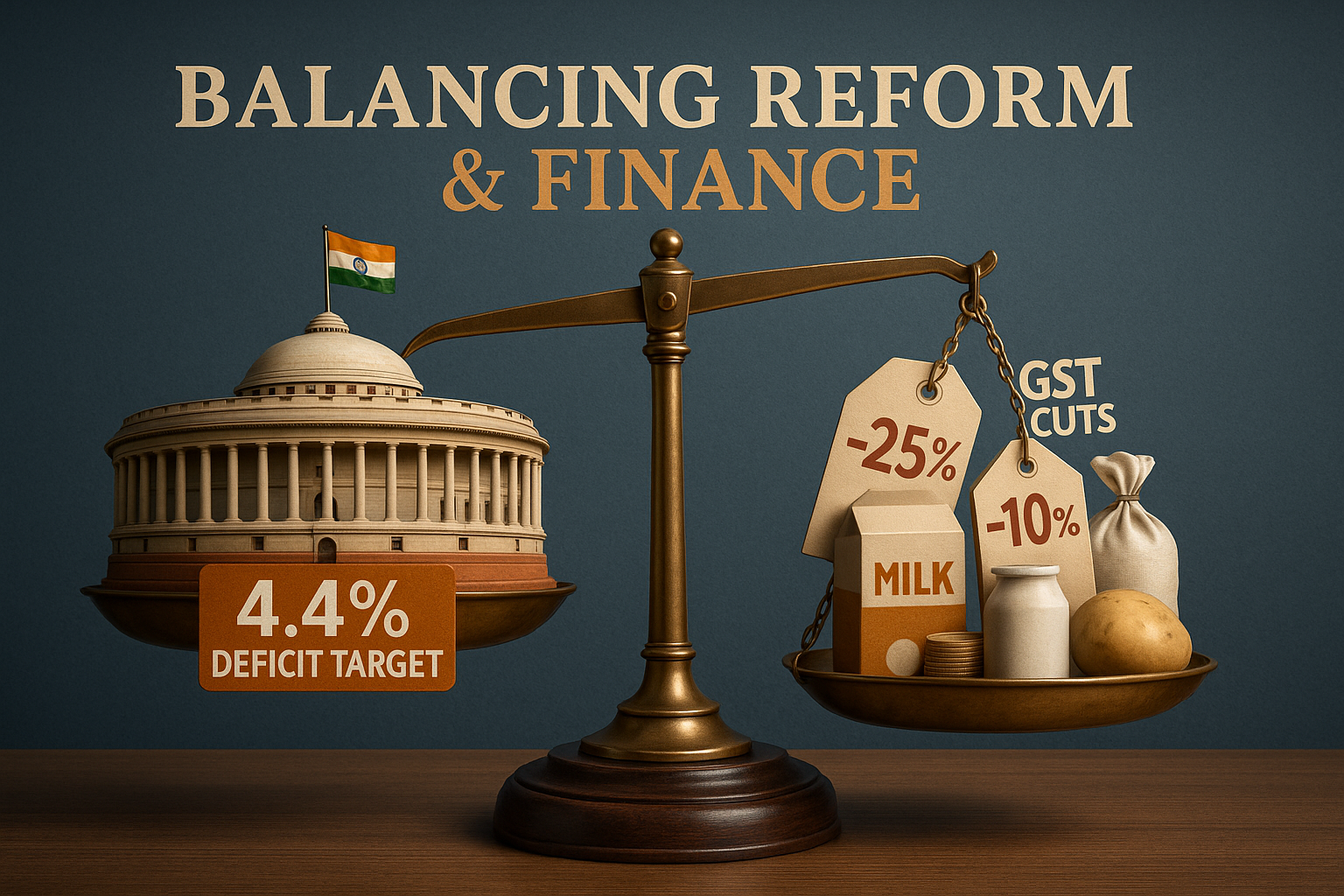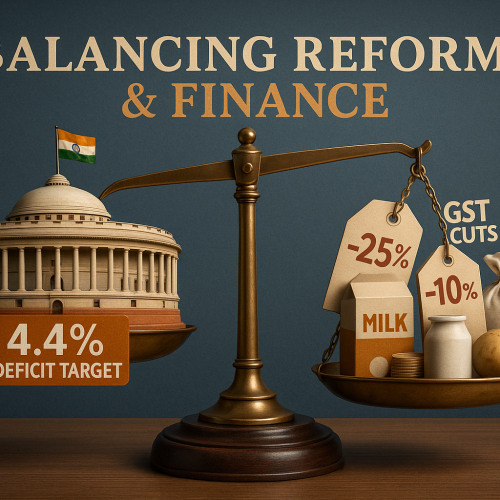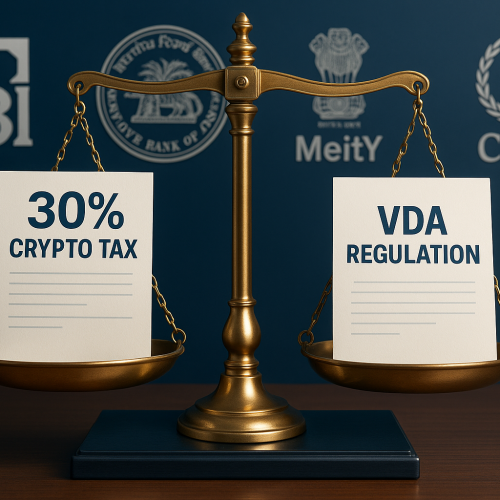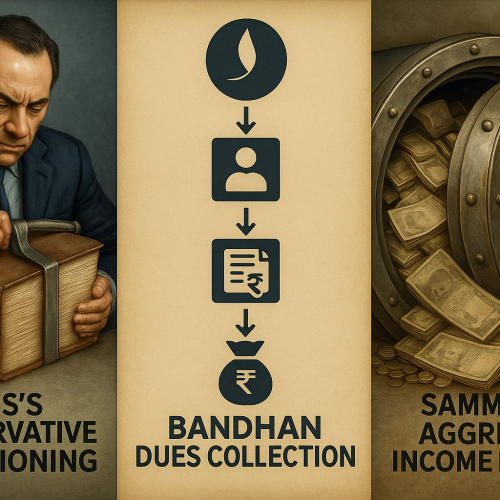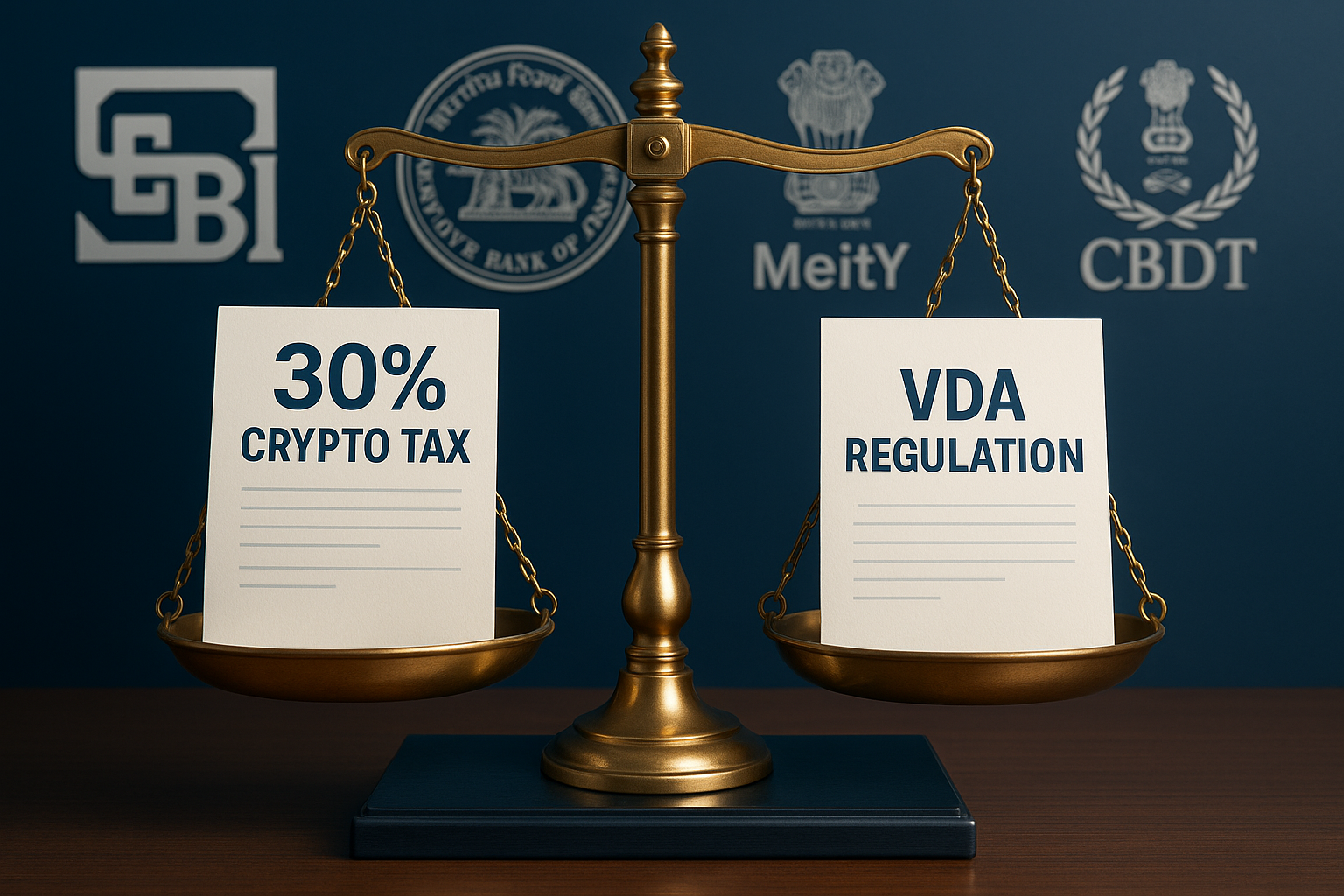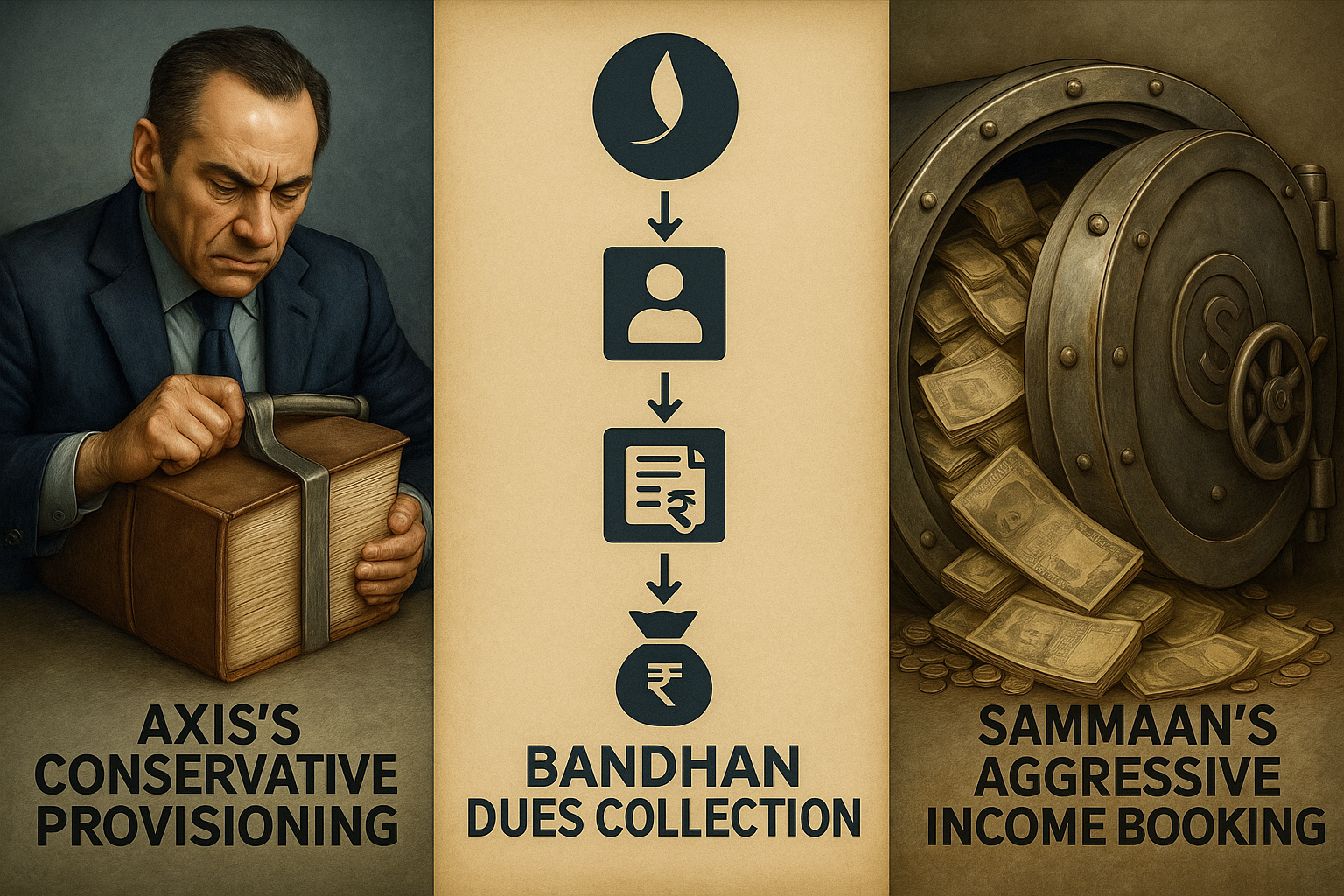India remains assured it will achieve its fiscal deficit goal of 4.4% of GDP for FY26, even amid plans to implement sweeping consumption tax cuts. A government source confirmed that both the central and state governments have mechanisms in place to neutralize potential revenue shortfalls. Additionally, the GST compensation cess, previously used to support state revenues, will be phased out by December.
Key Context & Implications
Historic Tax Reform
Prime Minister Modi’s announcement marks the most significant GST overhaul since 2017, aimed at making essentials and electronics more affordable.Economic and Market Response
The reform is expected to cost the exchequer around $20 billion annually. Despite the fiscal impact, it is projected to boost GDP by about 0.6 percentage points and has already led to a notable uptick in market sentiment.
Why This Matters
Fiscal Discipline Amid Reform
Balancing tax relief with fiscal prudence not only maintains credibility but also signals a commitment to sustained policy stability.Stimulating Domestic Economy
Lower GST rates are expected to stimulate demand across consumer segments, helping offset global headwinds such as U.S. tariffs.Market Confidence and Global Signals
Investors have reacted positively, seeing the reforms as timely and growth-oriented, increasing foreign inflows and stabilizing currency and equity markets.

